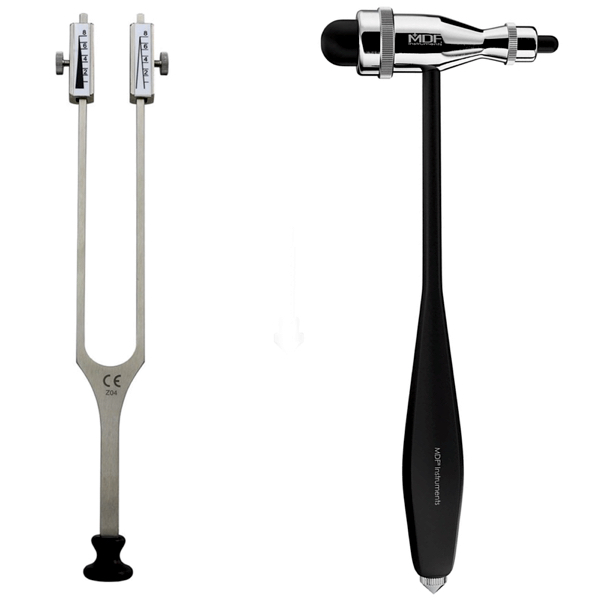Electromyography (EMG) is a test that helps in assessing the function of the muscles; and Nerve Conduction Study (NCS): Assesses the nerves controlling the muscles and the junction between a nerve and a muscle.
Needle EMG
For this test, a small, thin needle is inserted into several muscles to see if there are any problems. It is used once for each patient and is thrown away after the test. There may be a small amount of pain during this part of the examination. The physician tests only the muscles necessary to decide what is wrong. During the EMG test the physician will be able to hear and see how your muscles and nerves are working by the electrical signals made by your muscles. The physician then uses his medical knowledge to figure out what could be causing your problem.
Nerve conduction studies
Nerve conduction studies show how well the body’s electrical signals are traveling to a nerve. This is done by applying small electrical shocks to the nerve and recording how the nerve works. These shocks cause a quick, mild, tingling feeling. The certified technician may test several nerves.
Resources:
https://www.aanem.org/Patients/Types-of-Tests
Watch the video below to learn more about EMG and NCS:
